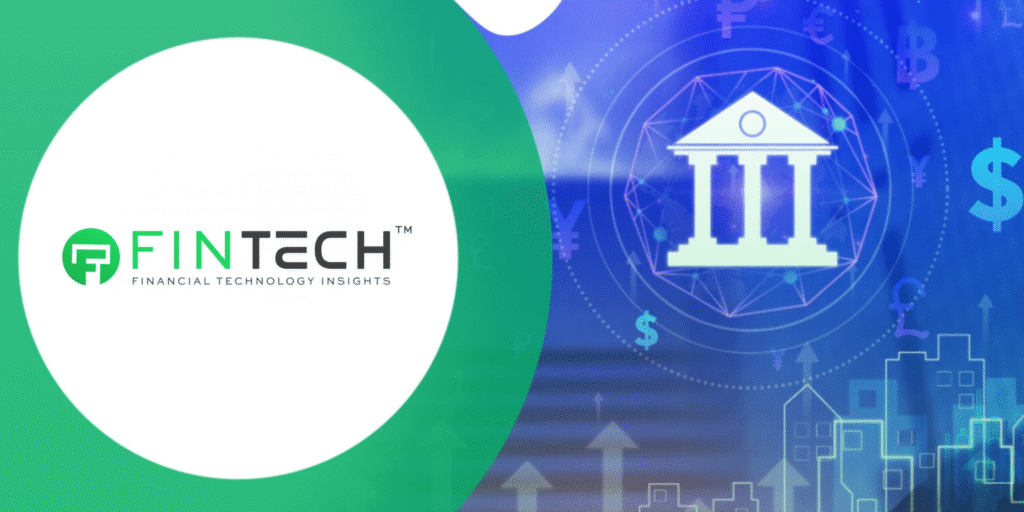HTX Ventures, the global investment division of leading crypto exchange HTX, has released a new in-depth report, “The On–Chain Extension of the Dollar: Stablecoins, Shadow Banking, and the Reshaping of Global Payment Power.” The research outlines how stablecoins are emerging as a decentralized, dollar-pegged financial system — one that could challenge and complement traditional cross-border payment architecture.
Financial Technology Insights: AIXA Miner Launches AI-Powered Cloud Mining Services
Constructing a Parallel Dollar Network: Reframing Payment Architecture
While the U.S. dollar has long dominated cross-border payments, the existing system suffers from structural inefficiencies: high transaction costs, slow settlement times, strict regulatory oversight, and widespread financial exclusion.
Against this backdrop, stablecoins offer a permissionless, highly liquid, near-instant payment alternative underpinned by blockchain technology and pegged to the dollar. Key advantages include:
- Instant settlement and real-time clearance enabled by blockchain’s unified transaction structure;
- Borderless circulation that only requires wallet access and internet connectivity;
- Integration with multi-chain ecosystems and payment APIs, with tokens like USDT and USDC now deployed across Ethereum, Tron, and Solana;
- Functioning simultaneously as settlement assets and stores of value, particularly useful in high-inflation economies where they increasingly substitute for local fiat.
In effect, stablecoins are forming a more efficient, inclusive, and censorship-resistant on-chain dollar network. Use cases are rapidly expanding — from individual remittances in Latin America, where residents rely on USDT amid currency devaluation, to SME trade settlements in FX-restricted countries. These networks dramatically enhance the efficiency of cross-border payments, digital commerce, and Web3 transactions, while also offering dollar-based financial access to the world’s 1.3 billion unbanked.
More Than Payment Tools: Stablecoins’ Role as “On-Chain Shadow Banks”
Despite their technical and economic advantages, stablecoins face regulatory, liquidity, and privacy challenges. Their disintermediating nature also raises strategic concerns among central banks and legacy payment networks.
Meanwhile, stablecoins are increasingly performing the role of “shadow banks”— effectively acting as on-chain money market funds by transforming fiat deposits into short-term Treasuries while minting on-chain tokens.
Financial Technology Insights: Inside the Global Government FinTech Lab 2025: Public Sector FinTech Gains New Momentum
This architecture enables stablecoins to scale U.S. dollar liquidity across decentralized ecosystems, but it also challenges the traditional monopoly central banks hold over credit creation and monetary issuance. The lack of globally harmonized regulation raises risks related to transparency, systemic liquidity, and user trust.
Regulatory Convergence Driving Institutionalization of Stablecoins
The growing role of stablecoins in cross-border payments has prompted heightened regulatory attention worldwide. While mature markets such as the U.S. and EU are developing frameworks emphasizing compliance, capital adequacy, and reserve transparency, Asian jurisdictions are exploring hybrid approaches that balance innovation with oversight.
HTX Ventures emphasizes that the regulatory certainty and technological neutrality of stablecoins will be decisive in determining whether they can serve as the “dollar infrastructure of the digital age.” Clear policy coordination and cross-border regulatory harmonization will be essential to unlocking their full potential in global finance.
HTX Expands Stablecoin Ecosystem, Accelerates Global Payment Strategy
As an exchange advocate for stablecoin adoption, HTX is actively expanding its stablecoin offering to fortify its position within the global crypto ecosystem. Since May, HTX has listed six new stablecoins: USD1, EURR, USDR, EURQ, USDQ, and AETHUSDT.
Among them, USD1, issued by World Liberty Financial — an initiative linked to the Trump family — has garnered particular attention amid the evolving U.S. regulatory landscape. HTX was the first platform globally to list USD1 and has expanded its support for BTC/USD1 and ETH/USD1 trading pairs to further enrich its ecosystem.
These new listings enhance users’ flexibility in managing assets across multiple chains and currencies, while unlocking new use cases in high-frequency trading, on-chain hedging, and programmable payments. The initiative reflects HTX’s strategic vision to support a robust, multi-rail global stablecoin infrastructure.
Financial Technology Insights: Mastercard Onboards Customers Up To Four Times Faster With Cloud Edge
To share your insights with the FinTech Newsroom, please write to us at sudipto@intentamplify.com
Source – PR Newswire






